The Modern Law School: 1955 - 1979
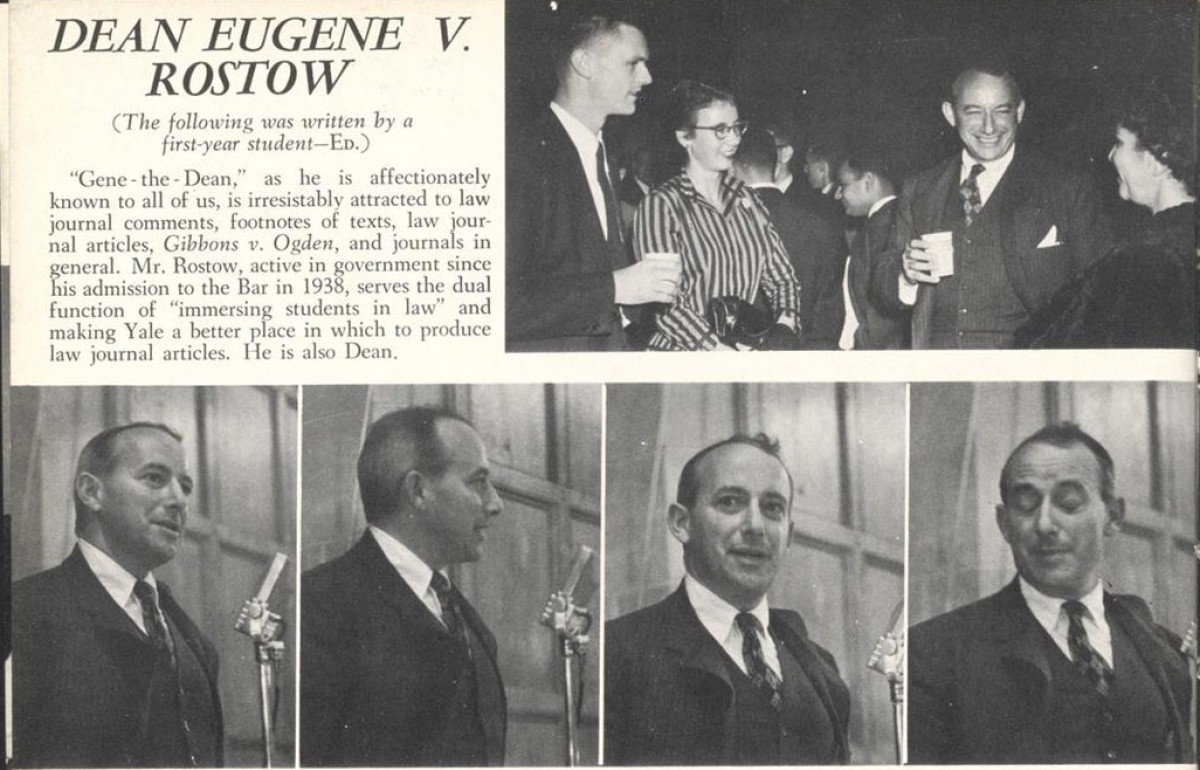
1955
Eugene V. Rostow, Class of 1937, becomes the ninth Dean. He is credited as the person who spurred "the arrival of the modern Yale Law School."
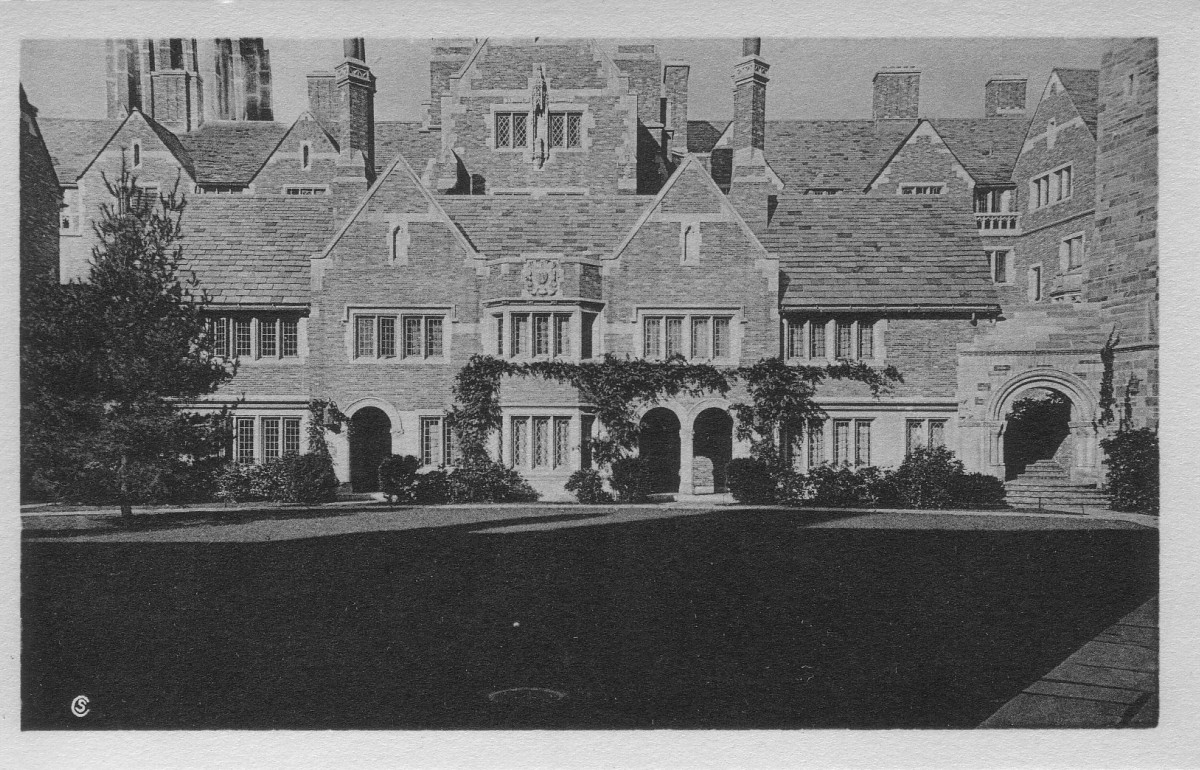
1955
Ford Foundation grants $1,600,000 to fund major revision of Yale Law School’s curriculum. The School pioneers the small-group approach to instruction, among other ambitious curricular reforms.
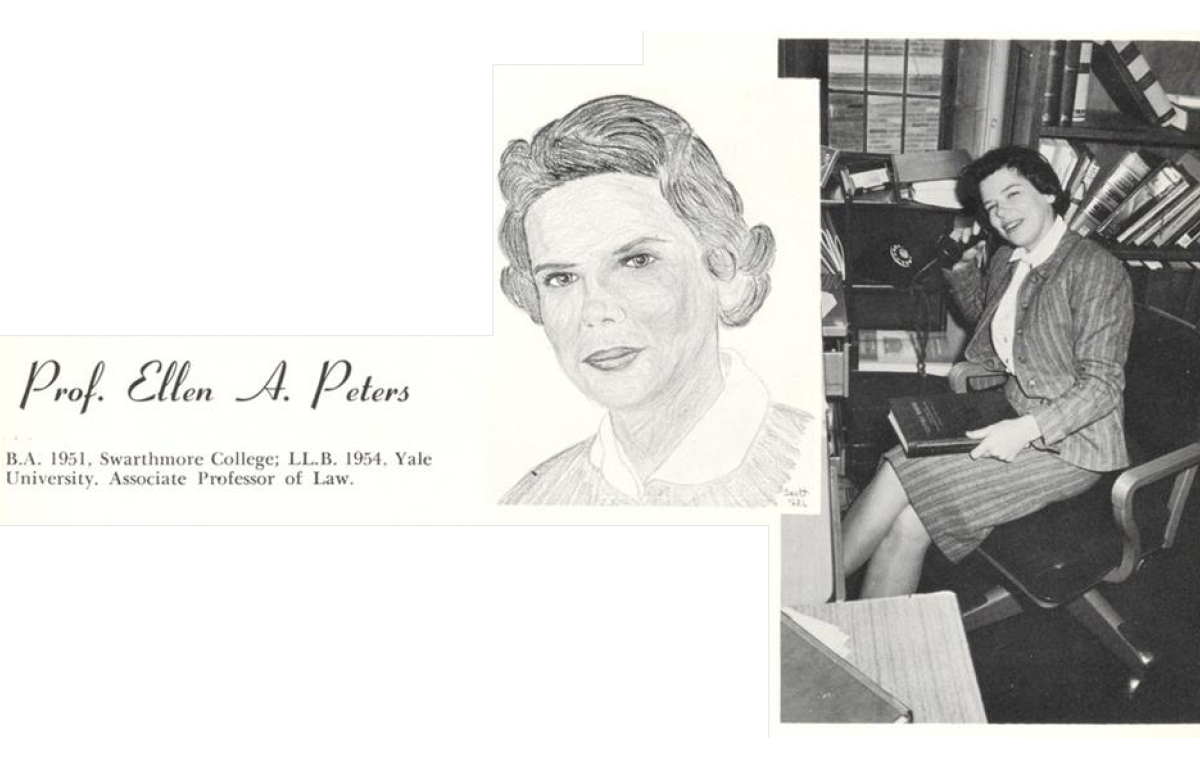
1956
Ellen Ash Peters, Class of 1954, becomes the first woman faculty member at Yale Law School. In 1984, she became the first woman Chief Justice of the Connecticut Supreme Court.
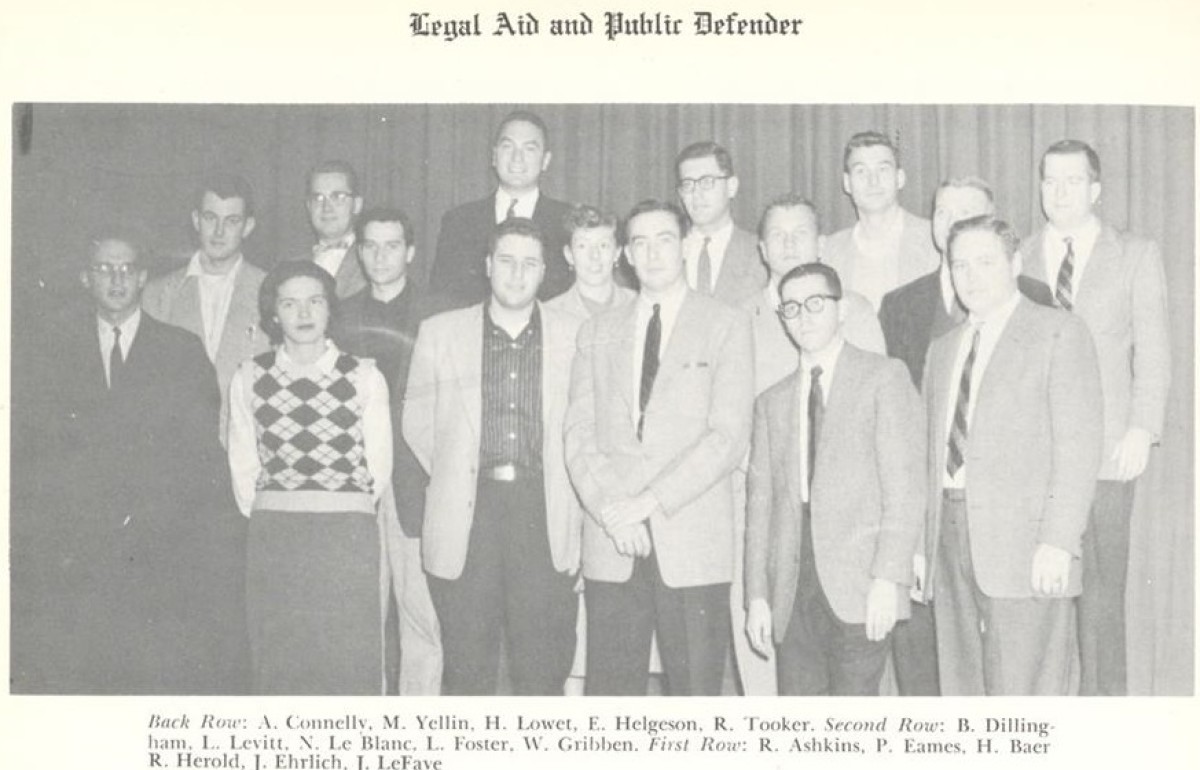
1957
The Legal Aid Bureau is renamed the Jerome N. Frank Legal Aid Association. The student-led group is later renamed the Jerome N. Frank Legal Services Organization (LSO).
Pictured: Legal Aid and Public Defender members from the 1957 Yale Law Reporter.
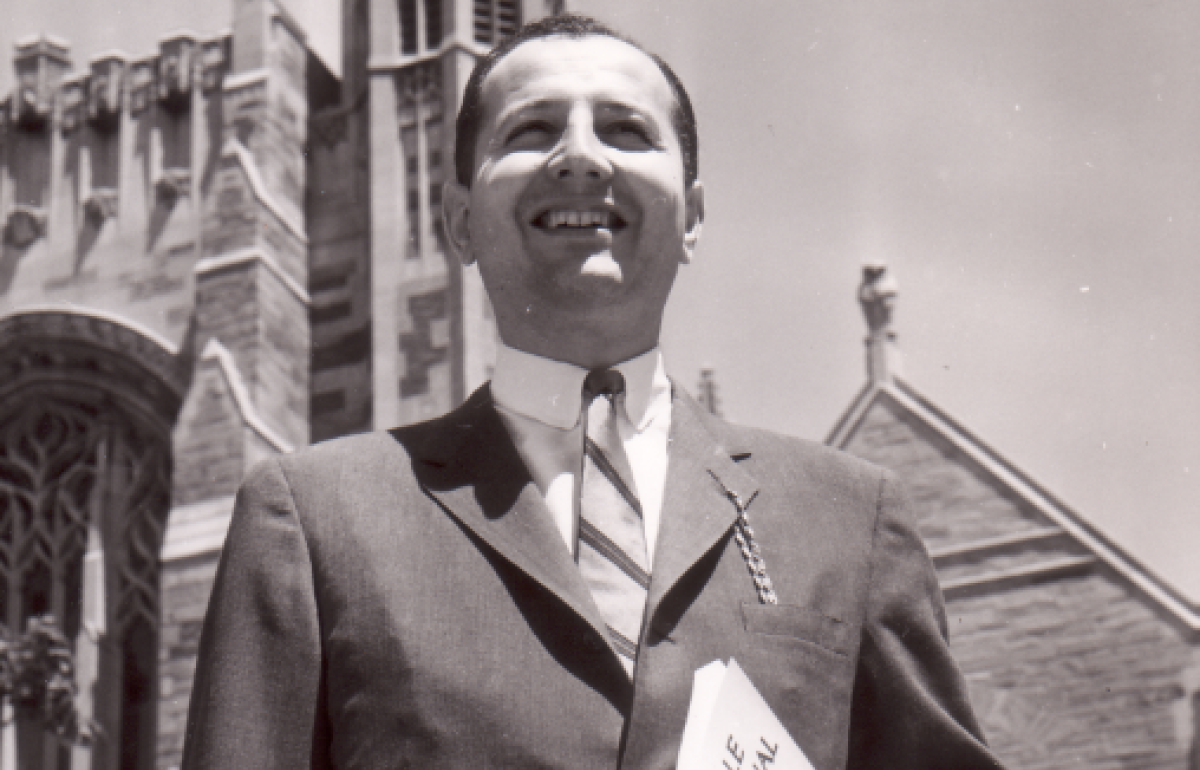
1961
Professor Guido Calabresi, Class of 1958, publishes “Some Thoughts on Risk Distribution and the Law of Torts” in the Yale Law Journal, helping to found the Law and Economics movement.
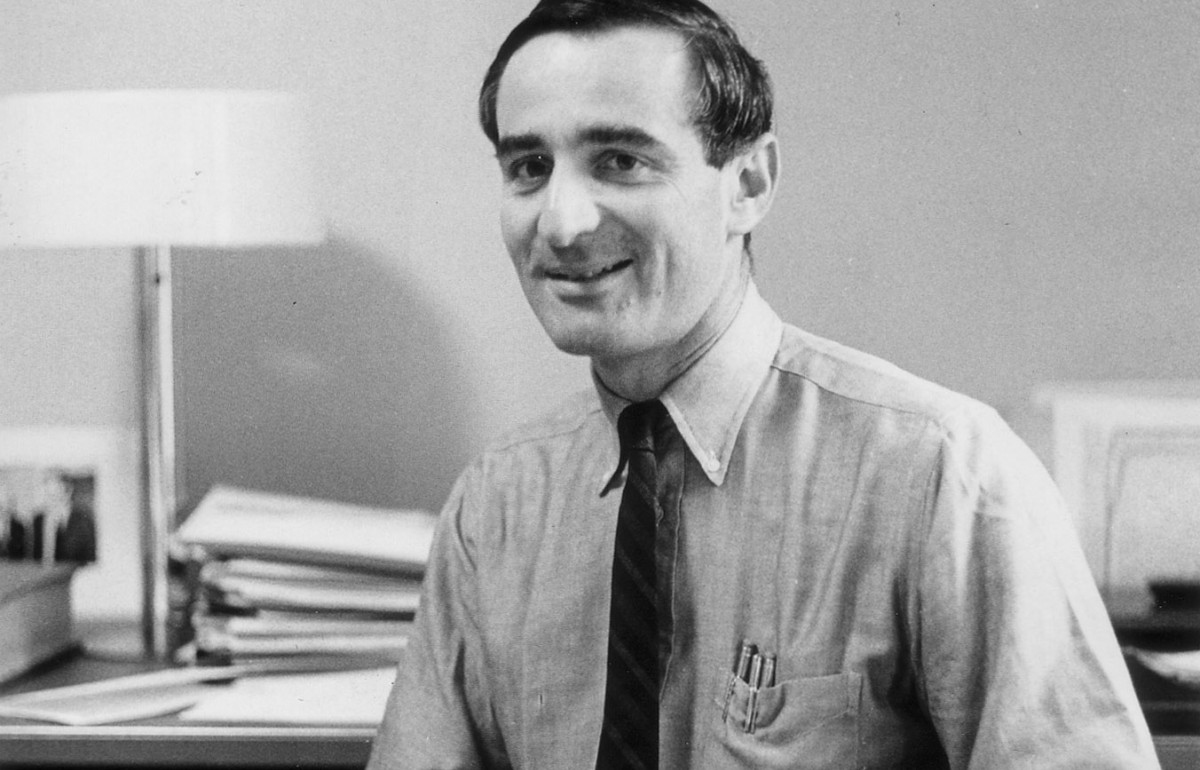
1964
Professor Charles A. Reich, Class of 1952, publishes “The New Property,” reconceptualizing property law, in the Yale Law Journal (the most-cited article in YLJ's history).
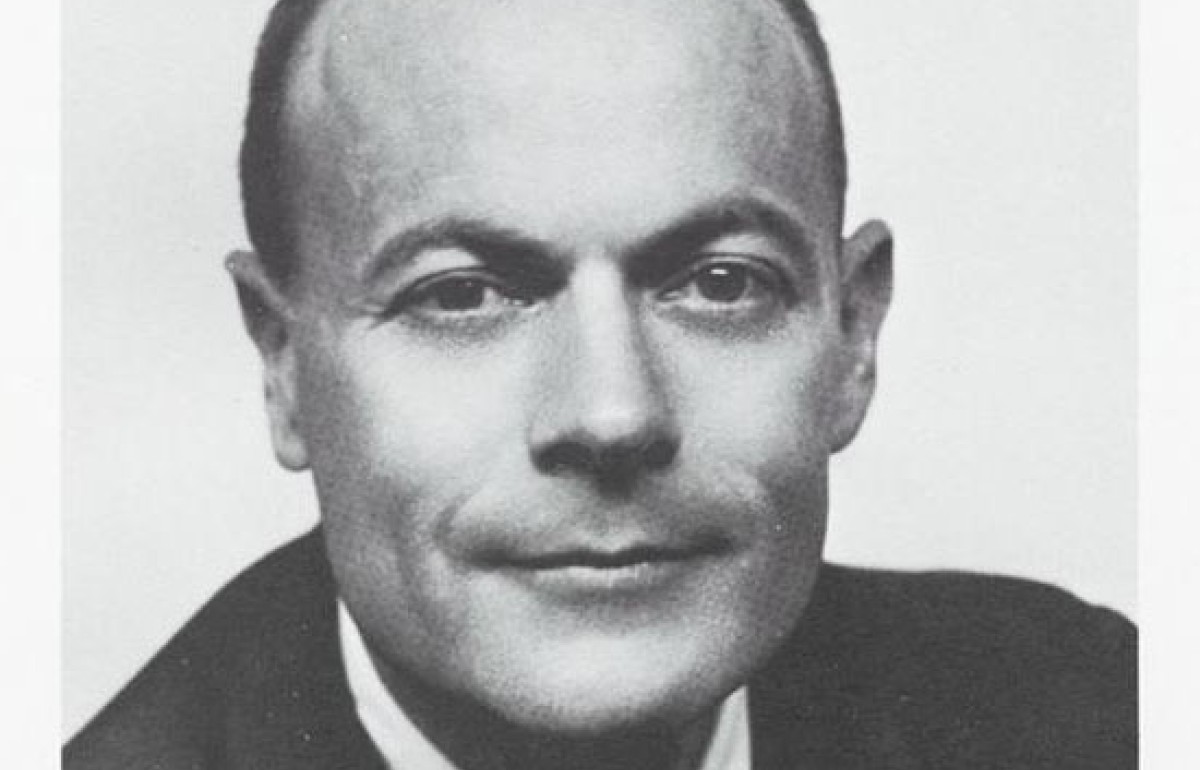
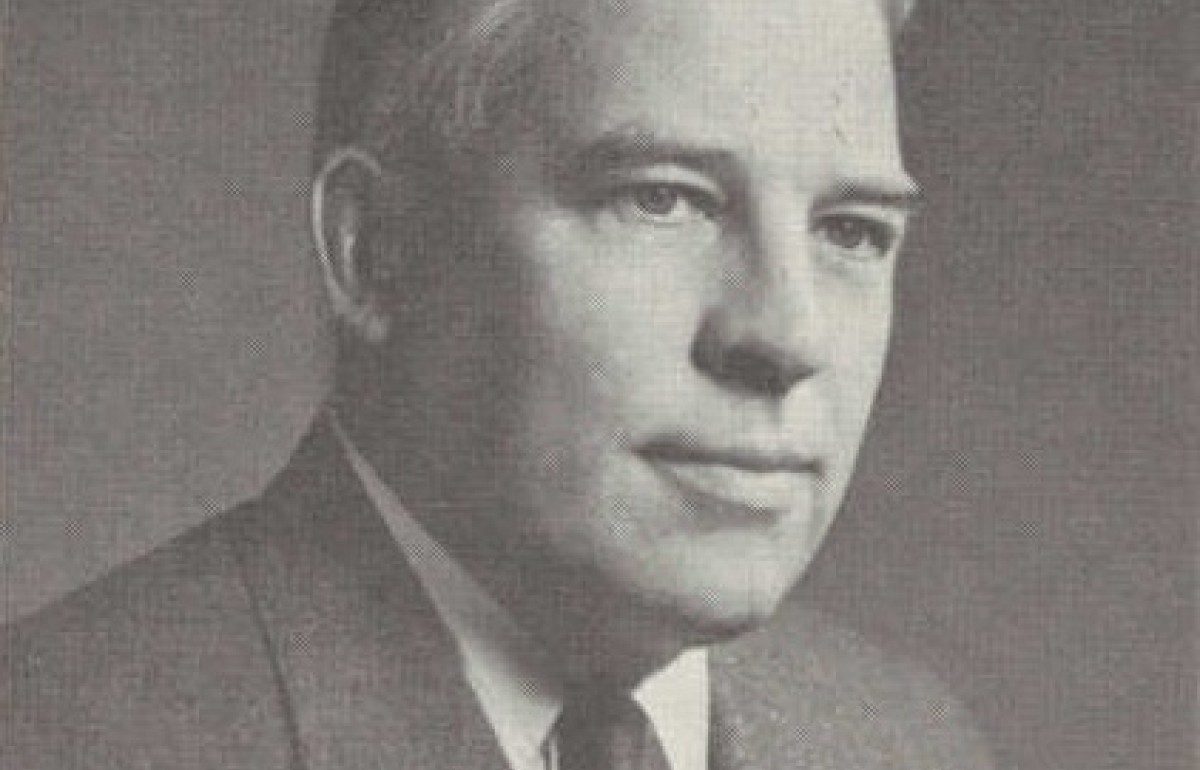
1965
Professor Thomas I. Emerson, Class of 1931, successfully argues the landmark U.S. Supreme Court case on right of privacy, Griswold v. Connecticut (Catherine Roraback, Class of 1948, represents Estelle Griswold).
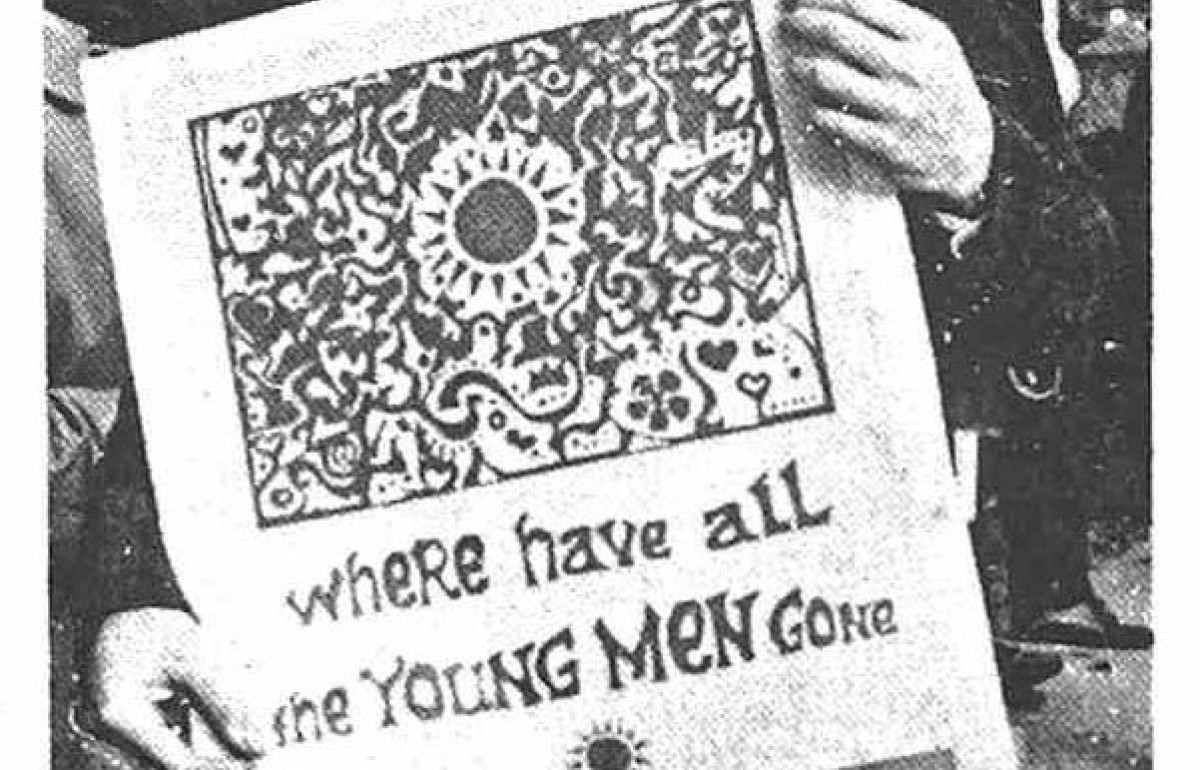
1967
Three years of student protests for racial justice and against the Vietnam War begin, disrupting the usual order of the Law School.
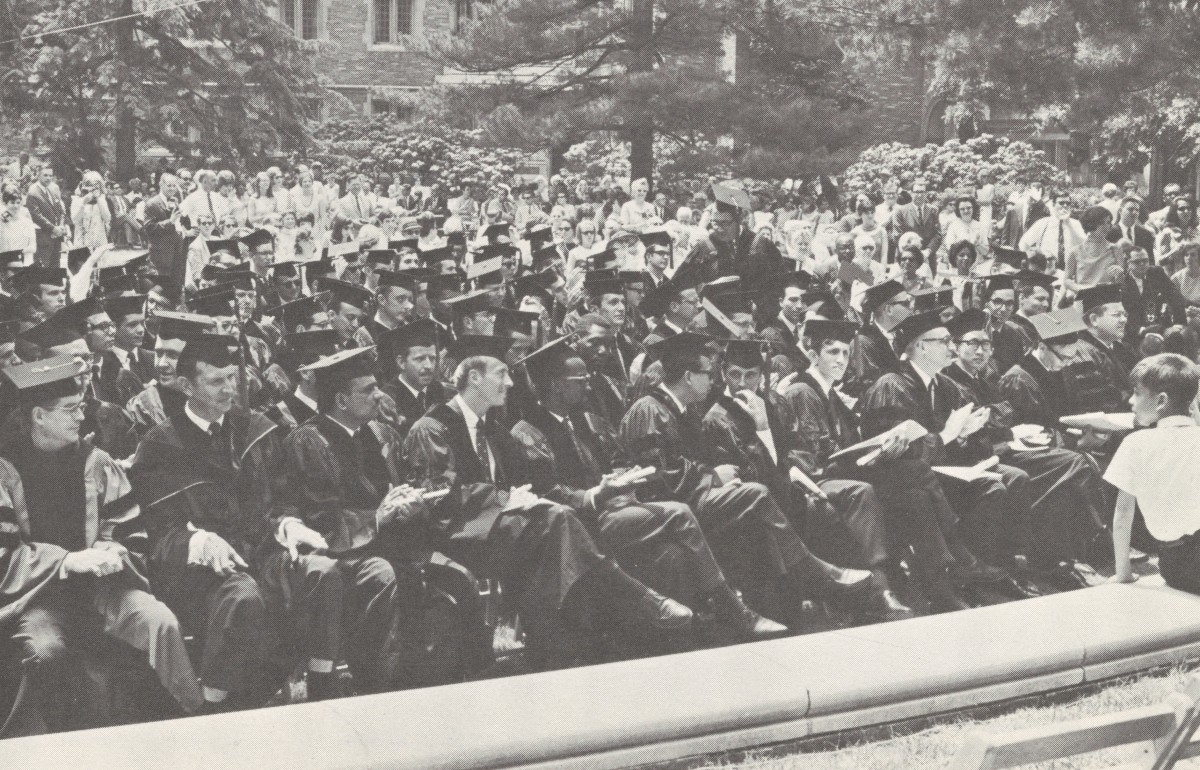
1968
A Honors / Pass / Low Pass / Fail grading system is adopted.
Pictured: Graduating students from the 1967 Commencement.
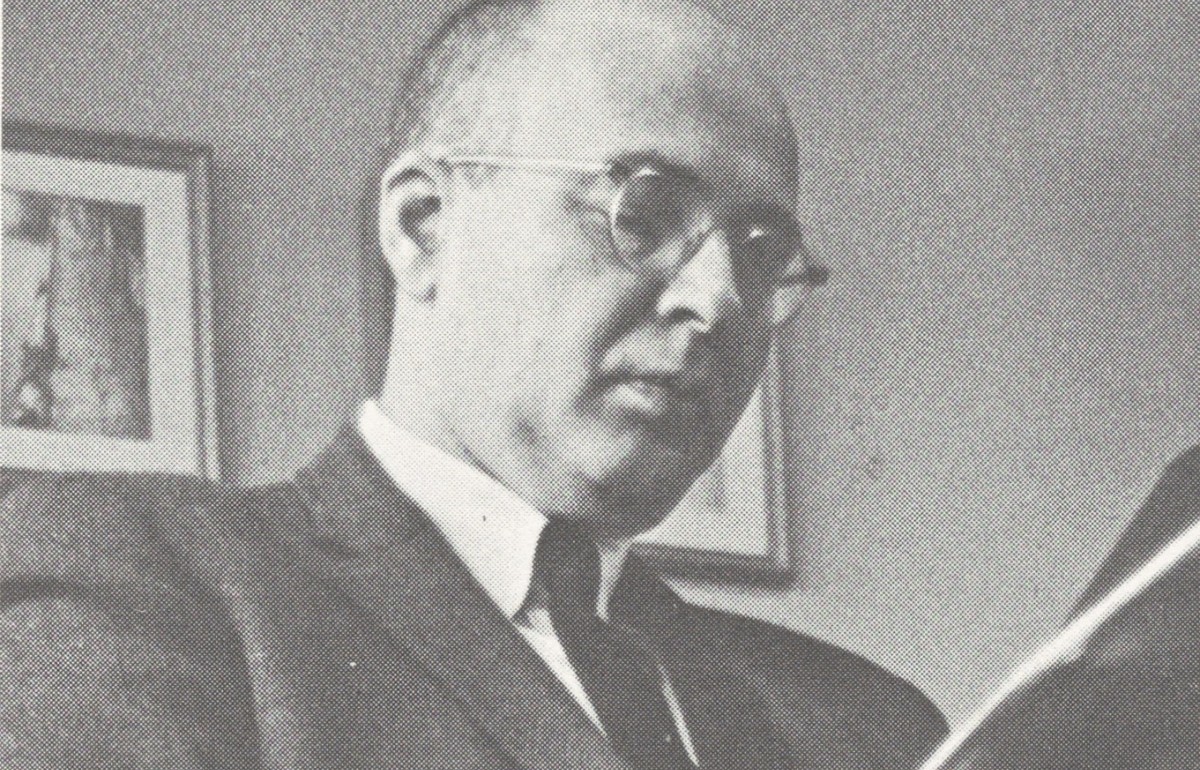
1970
Abraham S. Goldstein, Class of 1949, becomes the 11th Dean.
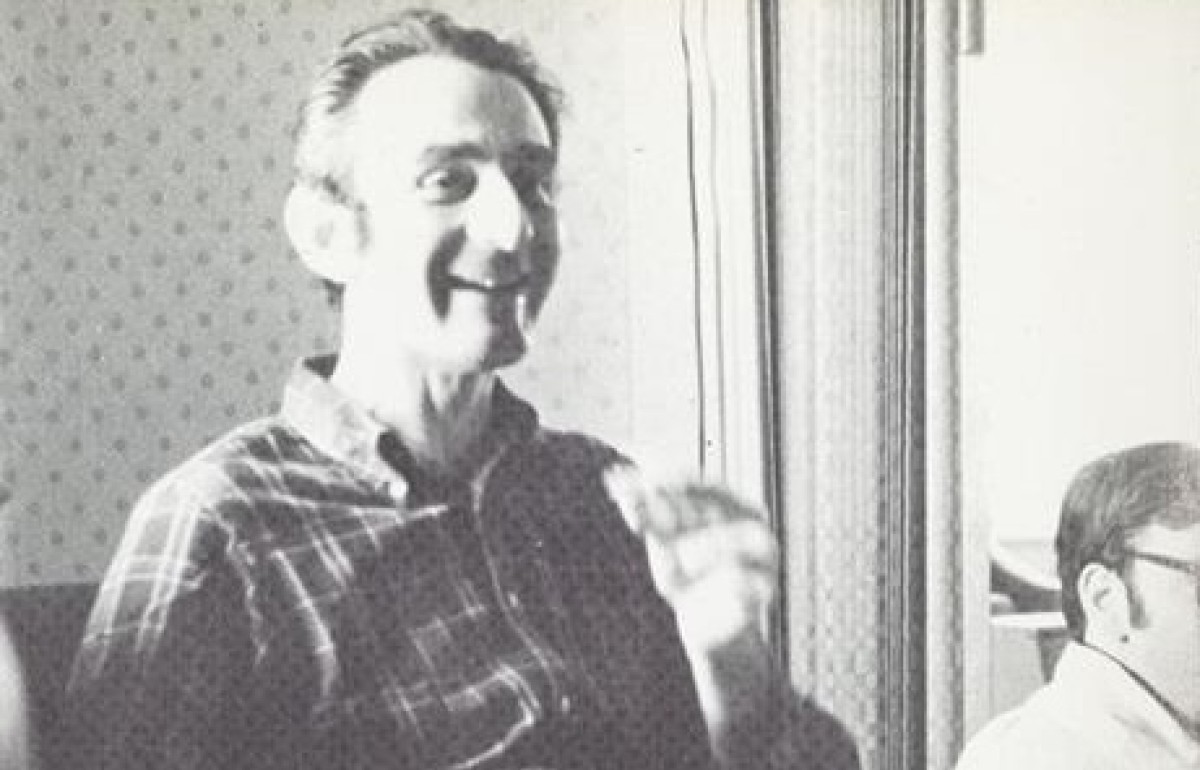
1970
Charles Reich publishes an iconic countercultural book, The Greening of America.
Pictured: Charles Reich from the 1970 Yale Law Reporter.
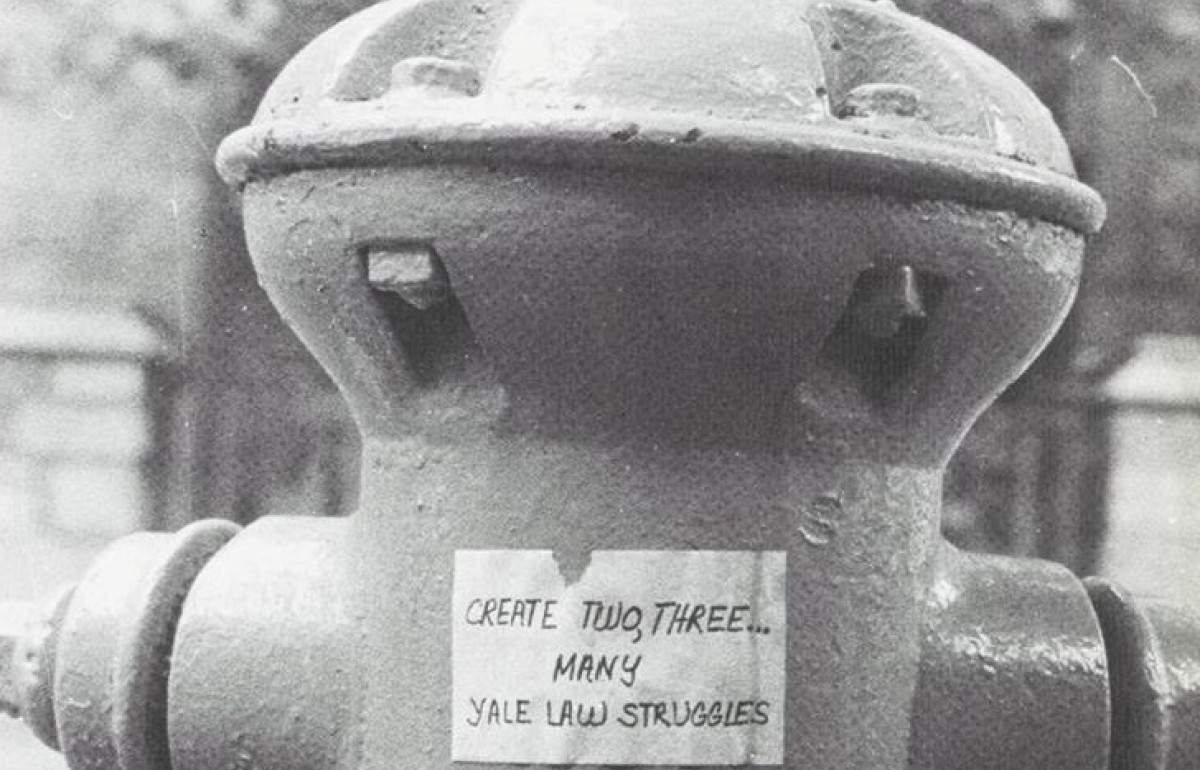
1970
Fire, thought by some to have been set by radical undergraduates, breaks out in basement of Yale Law Library, and law students organize a bucket brigade.
Pictured: Fire hydrant from 1970 Yale Law Reporter.

1970
Natural Resources Defense Council is established by a Ford Foundation grant to Yale Law students, one of several prominent environmentalist organizations founded by Law School affiliates.
Pictured: A decorated bus named "The Road Hog" from the 1970 Yale Law Reporter.
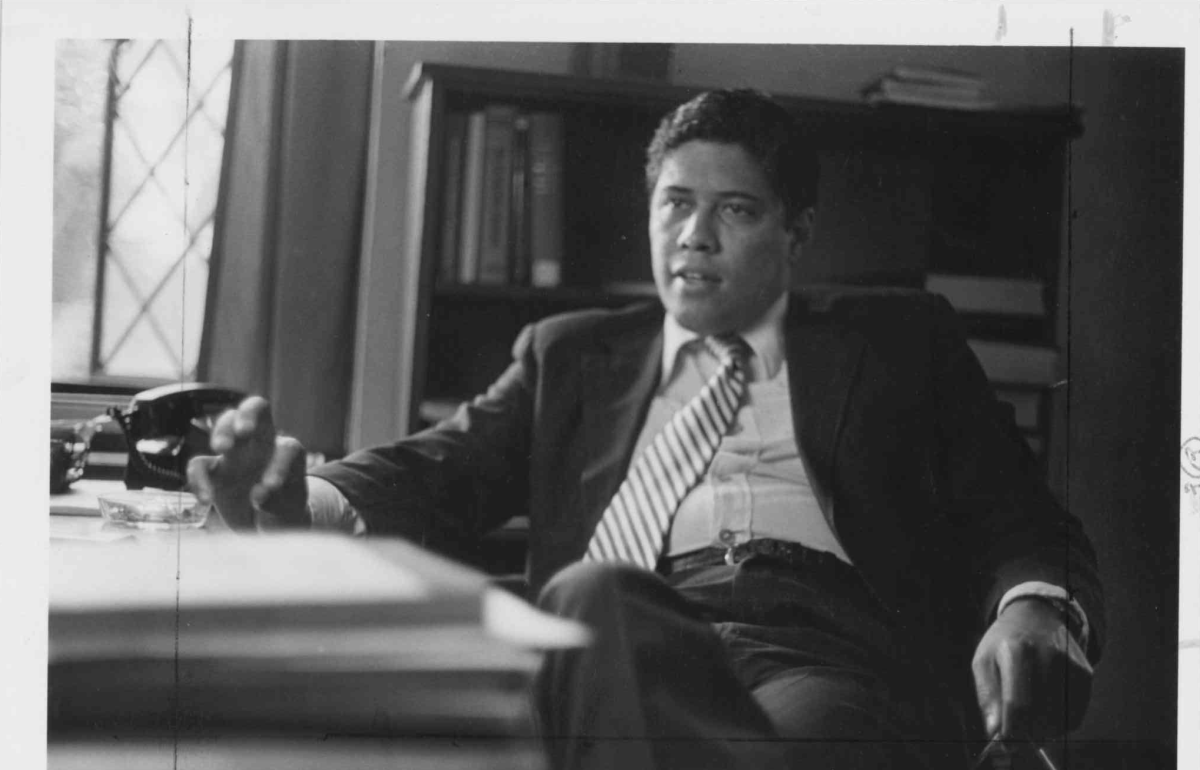
1970
John T. Baker becomes the first Black faculty member at Yale Law School.
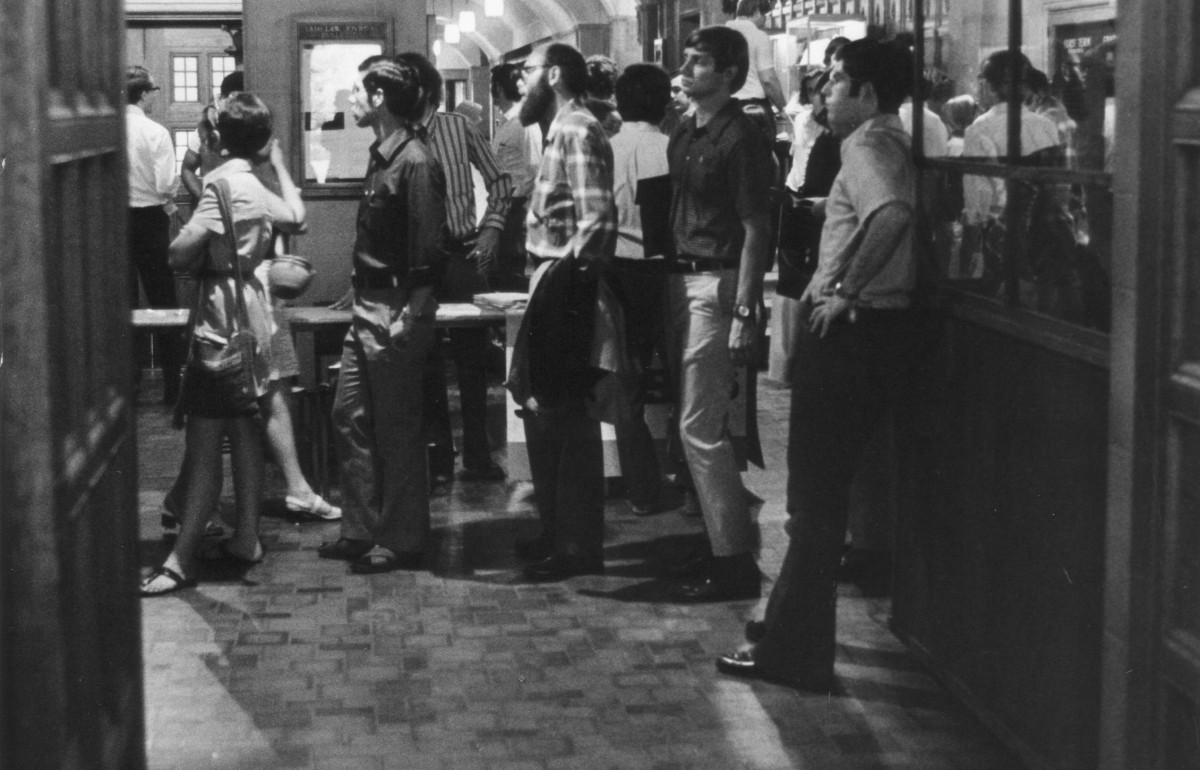
1970
Yale Law School introduces a fieldwork seminar during the 1970–1971 academic year. The seminar was the first for which Yale Law School students received academic credit for legal work outside of the classroom and marked the formal beginning of the clinical program at the School.
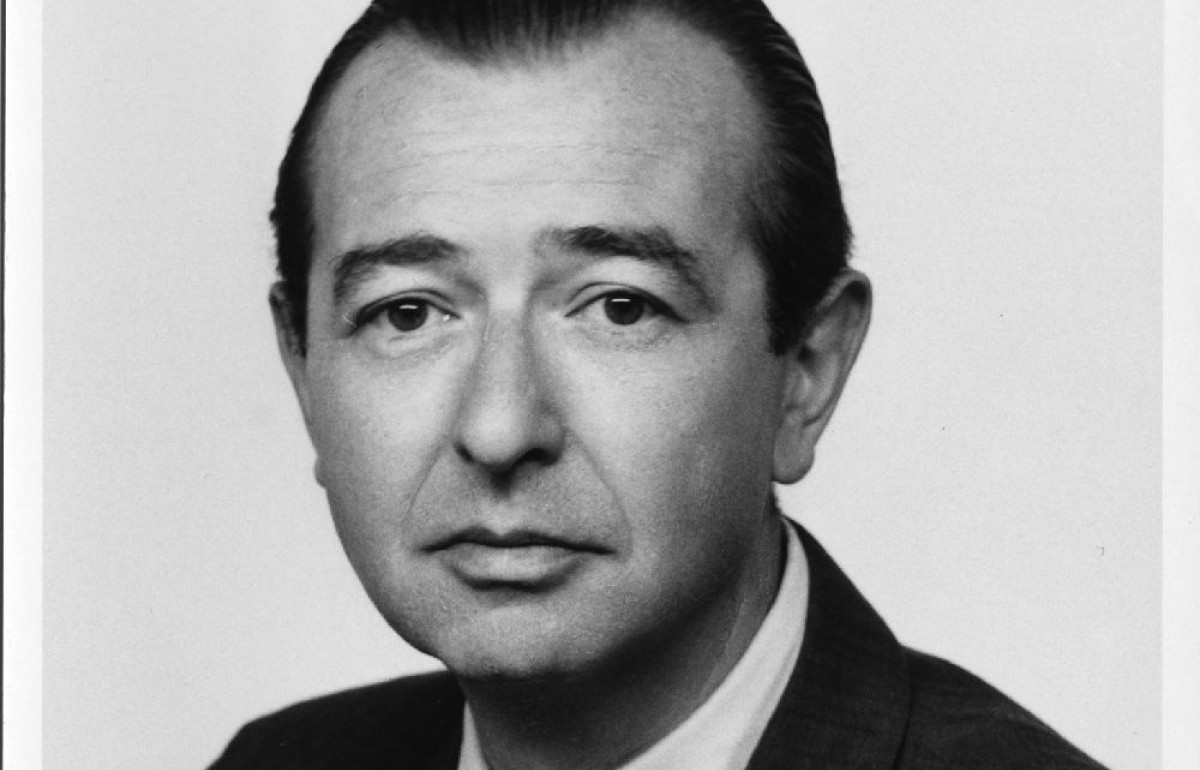
1971
Professor Alexander M. Bickel successfully argues the Pentagon Papers case before United States Supreme Court.
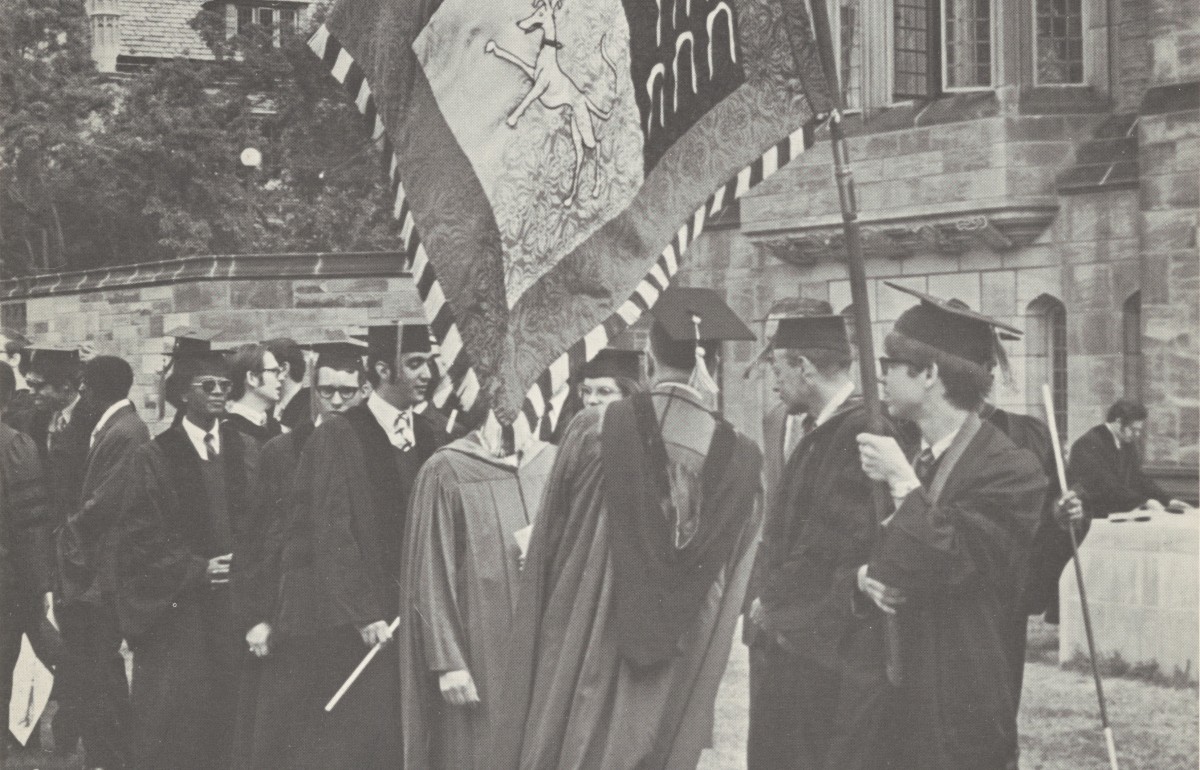
1971
Yale Law School begins to grant J.D. degrees instead of LL.B.
Pictured: Cover image from volume 17 of the Yale Law Report, Class of 1971.
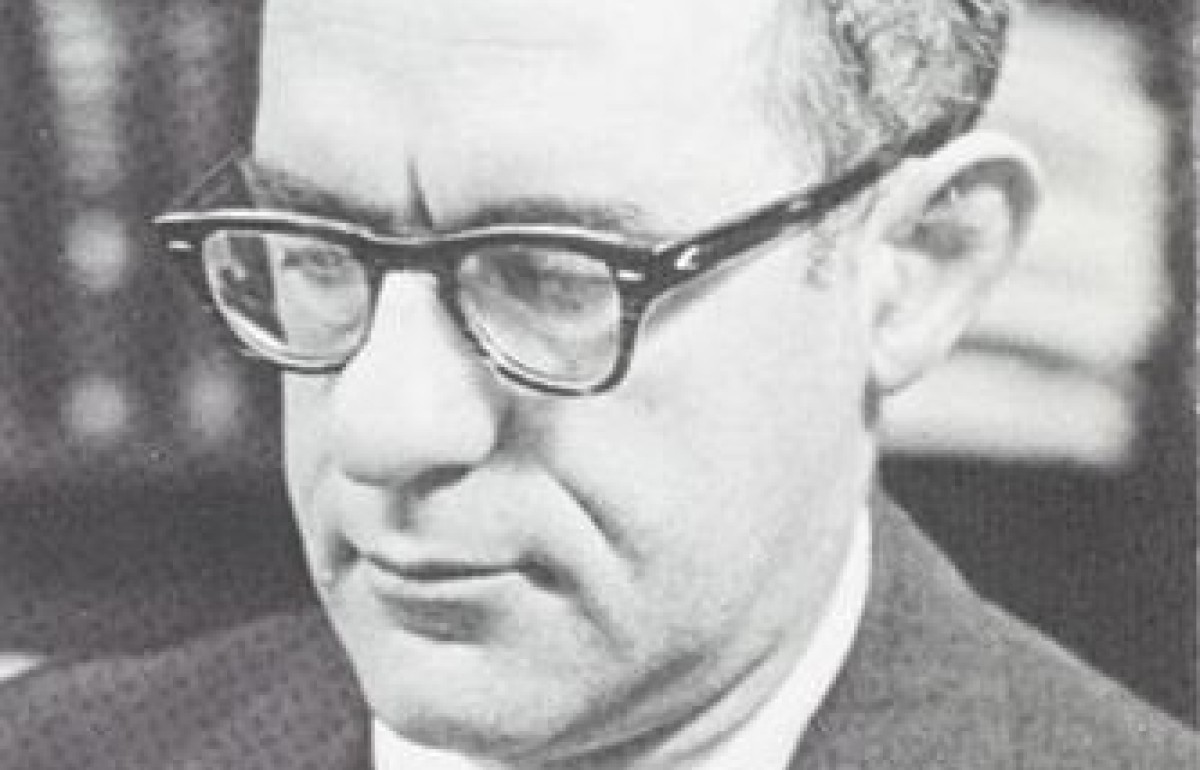
1972
Professor Boris I. Bittker, Class of 1941, the preeminent tax expert in the country, publishes the pathbreaking book, The Case for Black Reparations (edited by a young Toni Morrison).
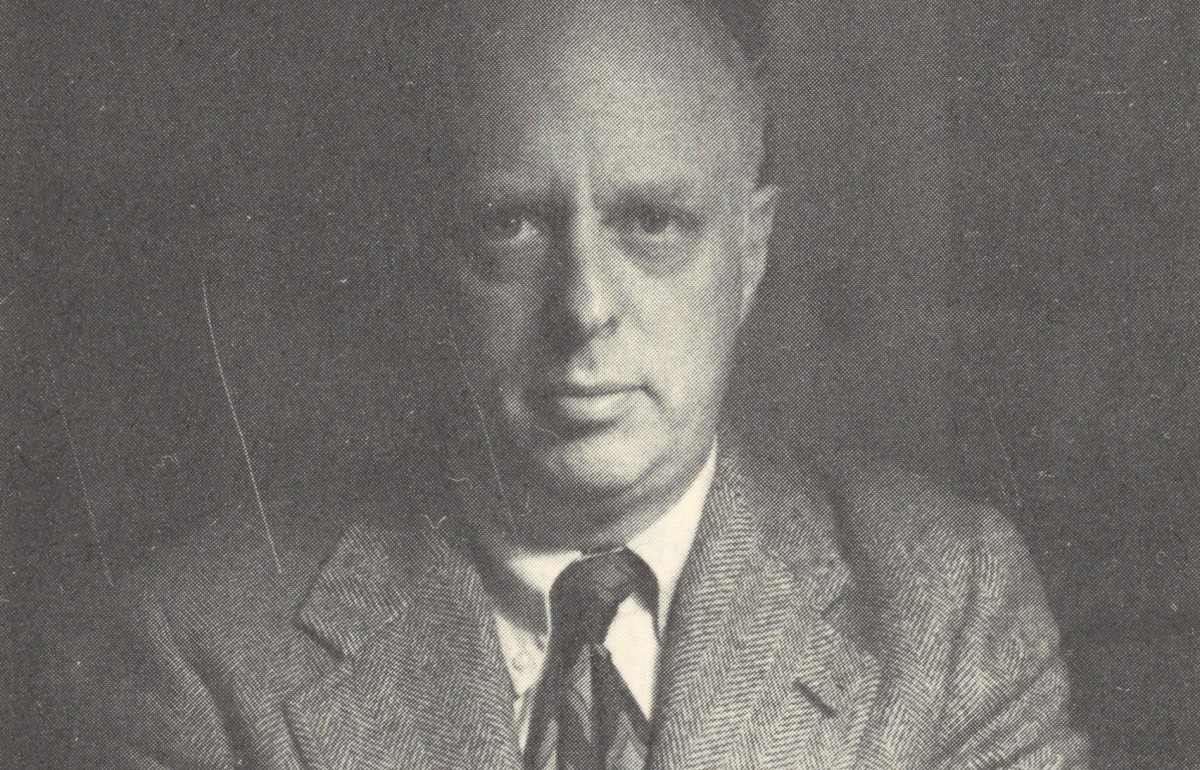
1972
Professor John G. Simon, Class of 1953, coauthors The Ethical Investor, pioneering social responsibility in investing and the academic study of nonprofit organizations.
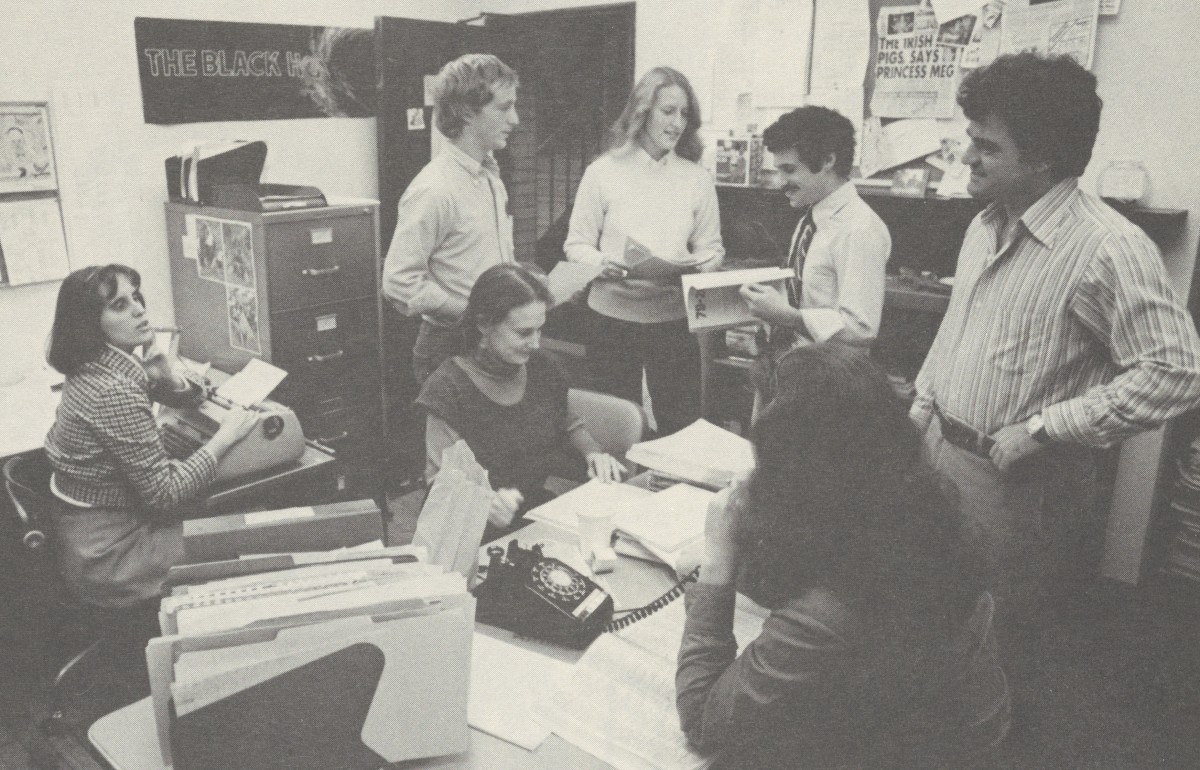
1974
Student-funded Fellowships are organized to support summer work in public interest law and legal services.
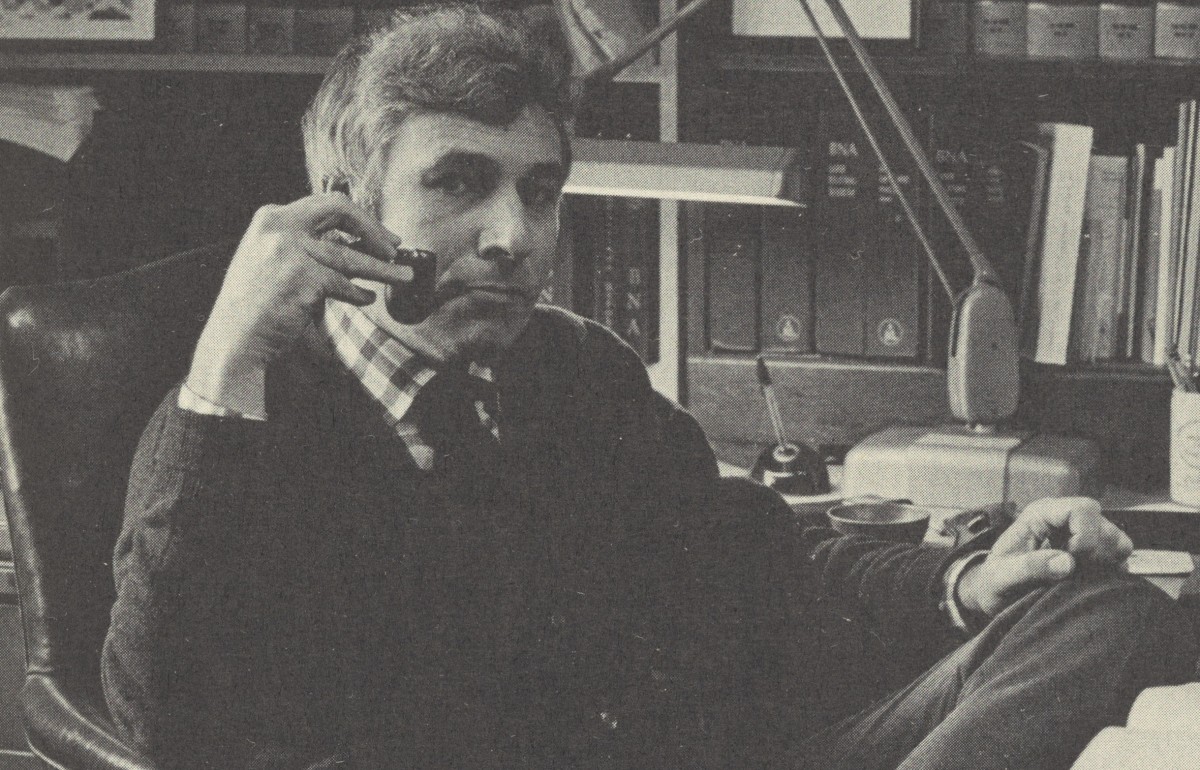
1975
Harry H. Wellington becomes the 12th Dean.
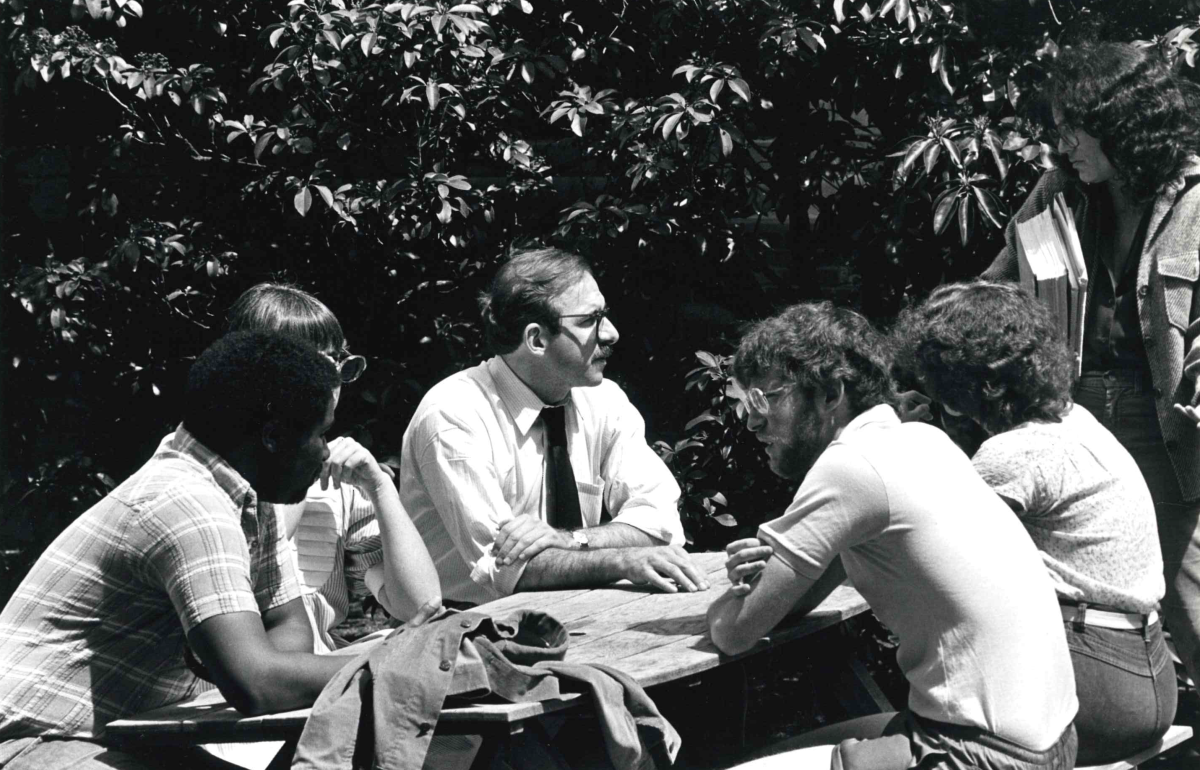
1976
Master of Studies in Law program for journalists and scholars in other law-related disciplines who wished to study law is inaugurated.
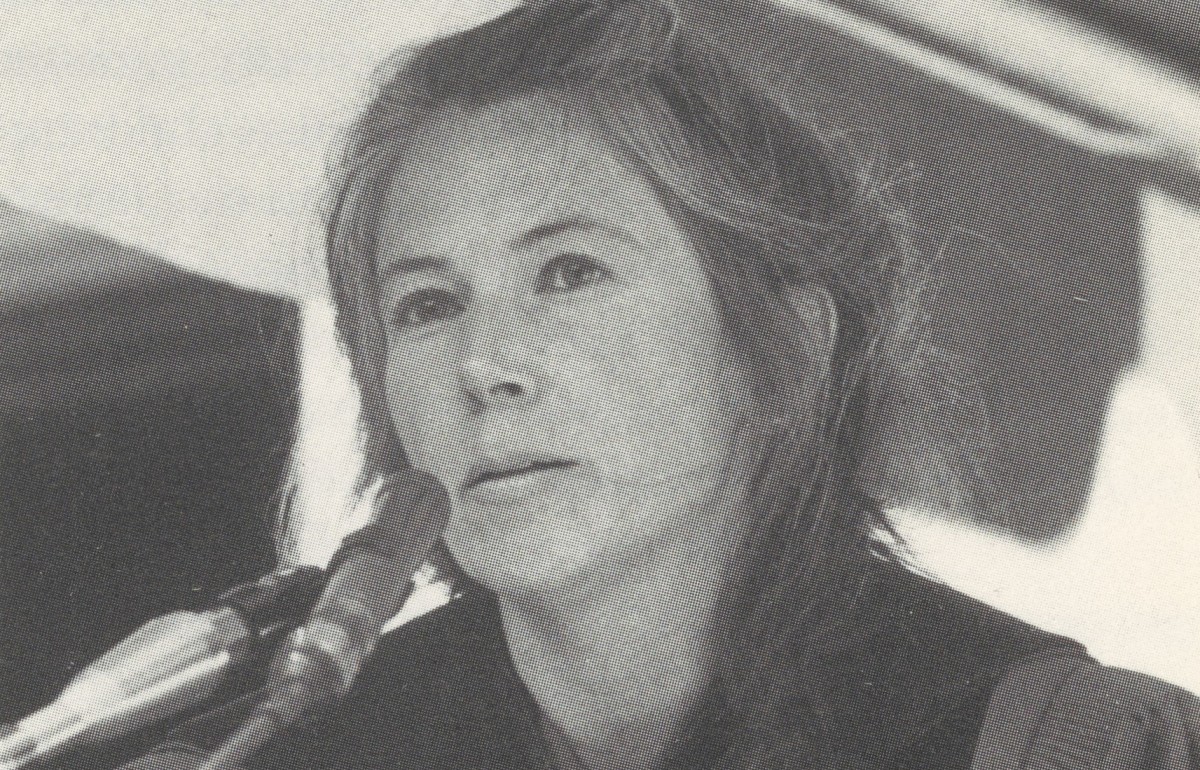
1976
Catharine A. MacKinnon, Class of 1977, writes a Yale Law School student paper pioneering the law of sexual harassment.
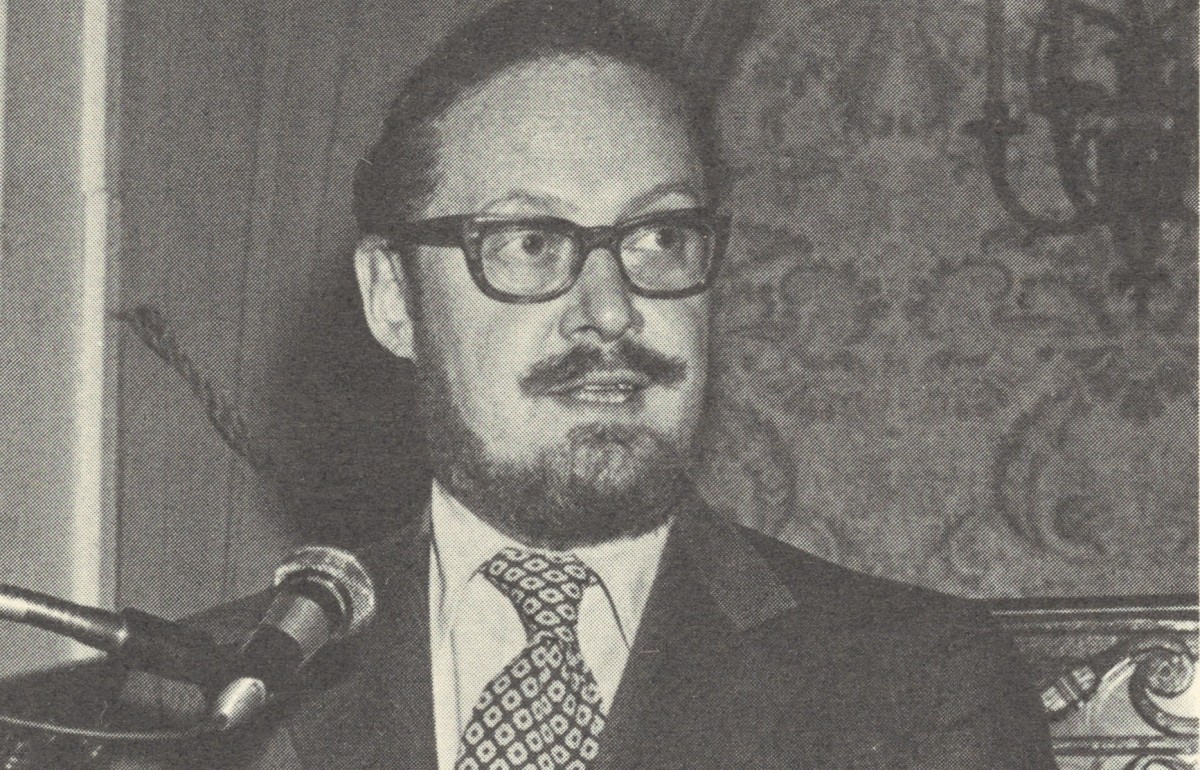
1978
Professor Robert H. Bork publishes The Antitrust Paradox: A Policy at War with Itself, powerfully influencing antitrust law and policy. He would become an iconic conservative jurist and proponent of constitutional originalism.
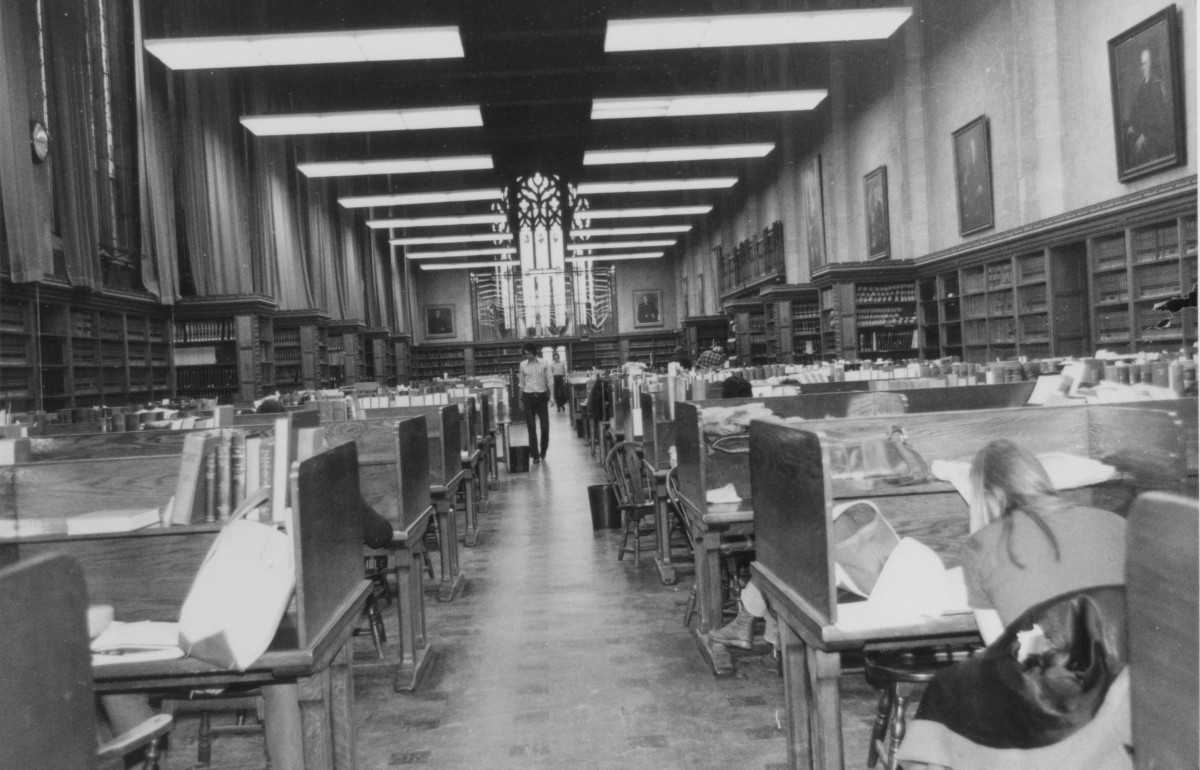
1978
Computer-assisted legal research debuts at Yale Law School, as the Law Library acquires Lexis terminals.

